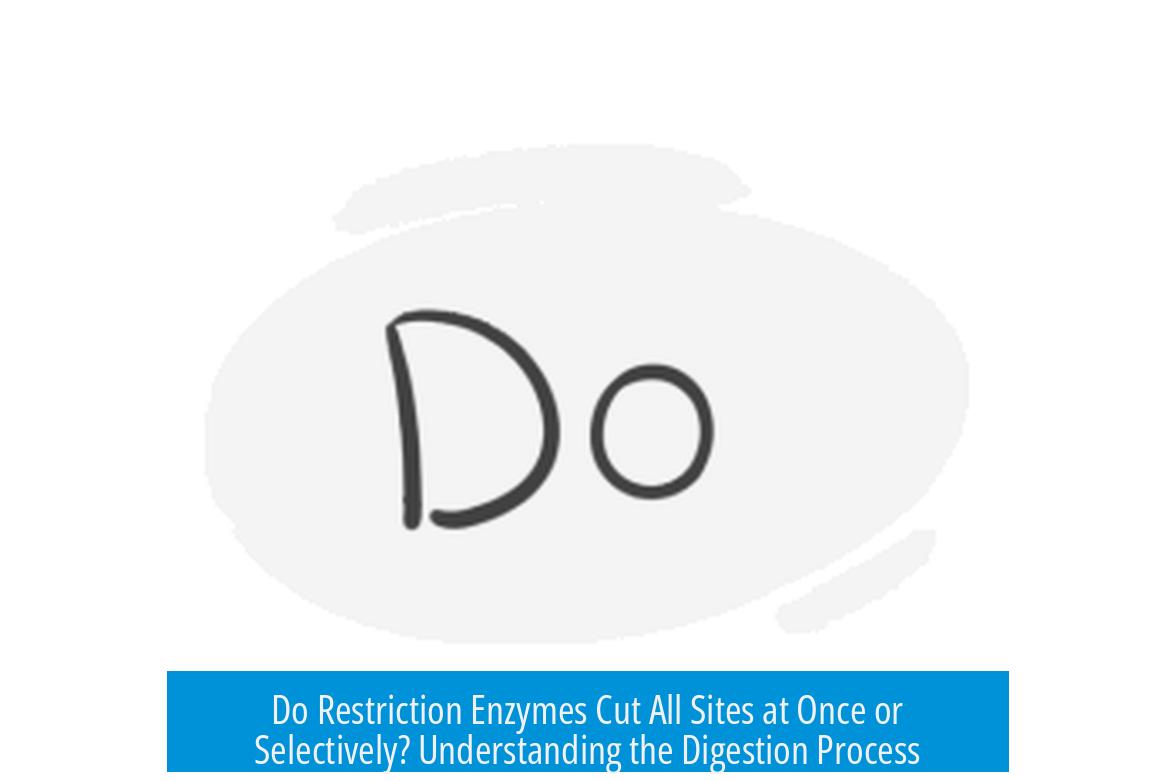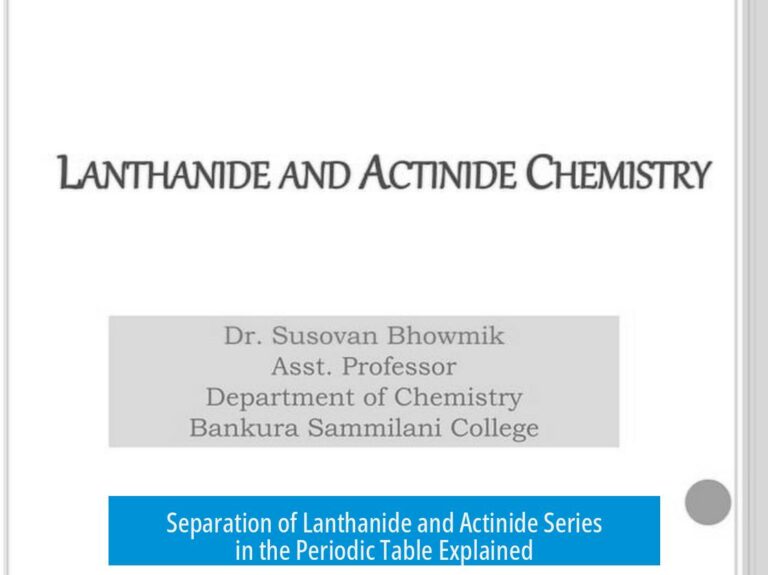Do Restriction Enzymes Cut All Sites at Once?
Restriction enzymes cut all target sites on DNA molecules approximately simultaneously and continuously, maintaining a similar digestion rate at each site until enzyme activity stops or conditions degrade. They do not restrict themselves to a single cut per DNA molecule but act on all available recognition sequences in the sample.
Digestion Process and Cutting Rate
Restriction enzymes function by recognizing specific nucleotide sequences in DNA and cleaving the strands at these sites. In ideal conditions with pure, accessible DNA, all target sites are cut at roughly equal speed.
- The enzyme binds, recognizes each site, and catalyzes cleavage repeatedly.
- Digestion continues until the enzyme loses activity, is degraded, or reaction parameters change.
- Single-molecule cutting does not limit the enzyme from processing multiple sites.
Factors such as chromatin structure or impurities can affect enzyme accessibility, slowing or preventing uniform cutting.
Partial Digestion and Its Challenges
Although complete digestion cuts all target sites, controlled partial digestion intentionally limits cutting to produce a population of fragments of varying sizes.
- Partial digests are difficult to control precisely.
- They require post-digestion procedures like gel electrophoresis for size-based fragment separation.
- Partial digestion is used when selective fragment generation is desired but is less efficient than complete digestion.
Practical Considerations in Enzyme Choice
DNA sequences may contain internal recognition sites that complicate clean cuts for cloning or analysis.
- Choosing enzymes without internal sites in a gene of interest is preferred.
- When internal sites exist, alternatives like PCR amplification or selective gel purification after digestion become necessary.
- These strategies prevent unwanted gene fragmentation and improve outcomes.
Key Takeaways
- Restriction enzymes cut all specific target sequences at comparable rates until digestion is complete or conditions change.
- Simultaneous cutting across multiple sites is standard, not limited to one cut per DNA molecule.
- Partial digestion produces varied fragments but requires careful control and additional steps.
- Selecting appropriate enzymes and methods avoids undesired internal cutting in target genes.
Do restriction enzymes cut all target sites on DNA at the same time?
Restriction enzymes cut all accessible target sites roughly at the same rate. They continue cutting multiple sites until the enzyme is used up or conditions change. Single cuts per molecule are uncommon if DNA is pure and open.
Can restriction enzymes perform partial digestion instead of cutting all sites?
Yes, partial digestion produces some fragments while leaving other sites uncut. This method is harder to control and requires size selection by gel electrophoresis to isolate desired fragments.
Why might a restriction enzyme not cut all sites fully?
Incomplete digestion can happen due to enzyme degradation, suboptimal conditions, or DNA not being fully accessible. These factors prevent all target sites from being cleaved at once.
What if a gene contains internal restriction sites that interfere with cutting?
You must choose enzymes carefully or use alternatives like PCR. Digesting with enzymes cutting internal sites fragments the gene, so size selection or different methods are needed.
Is it possible to cut only one specific site with restriction enzymes?
No, enzymes typically cut all matching sites on the DNA simultaneously. Cutting only one site is rare without further control measures like partial digestion or pre-selection.
How does partial digestion differ from complete digestion by restriction enzymes?
Partial digestion stops before all sites are cut, creating varied fragments. Complete digestion cuts all target sites, producing uniform fragments if DNA is fully accessible.





Leave a Comment